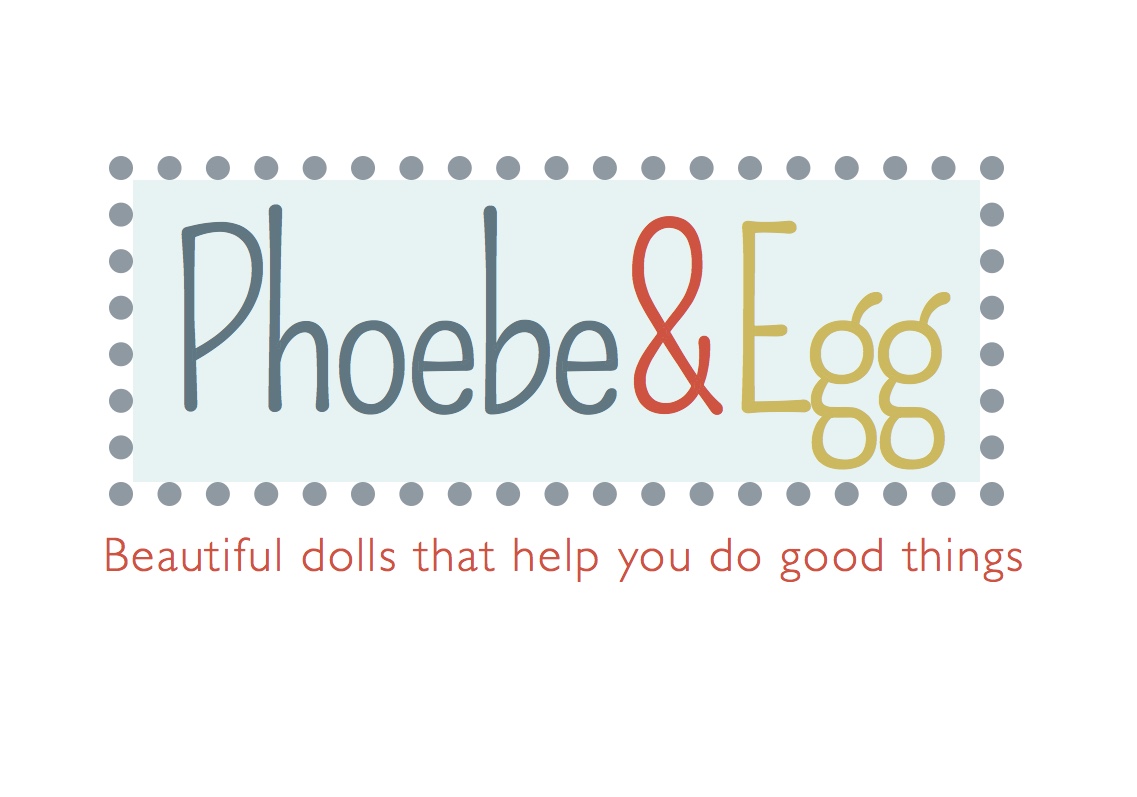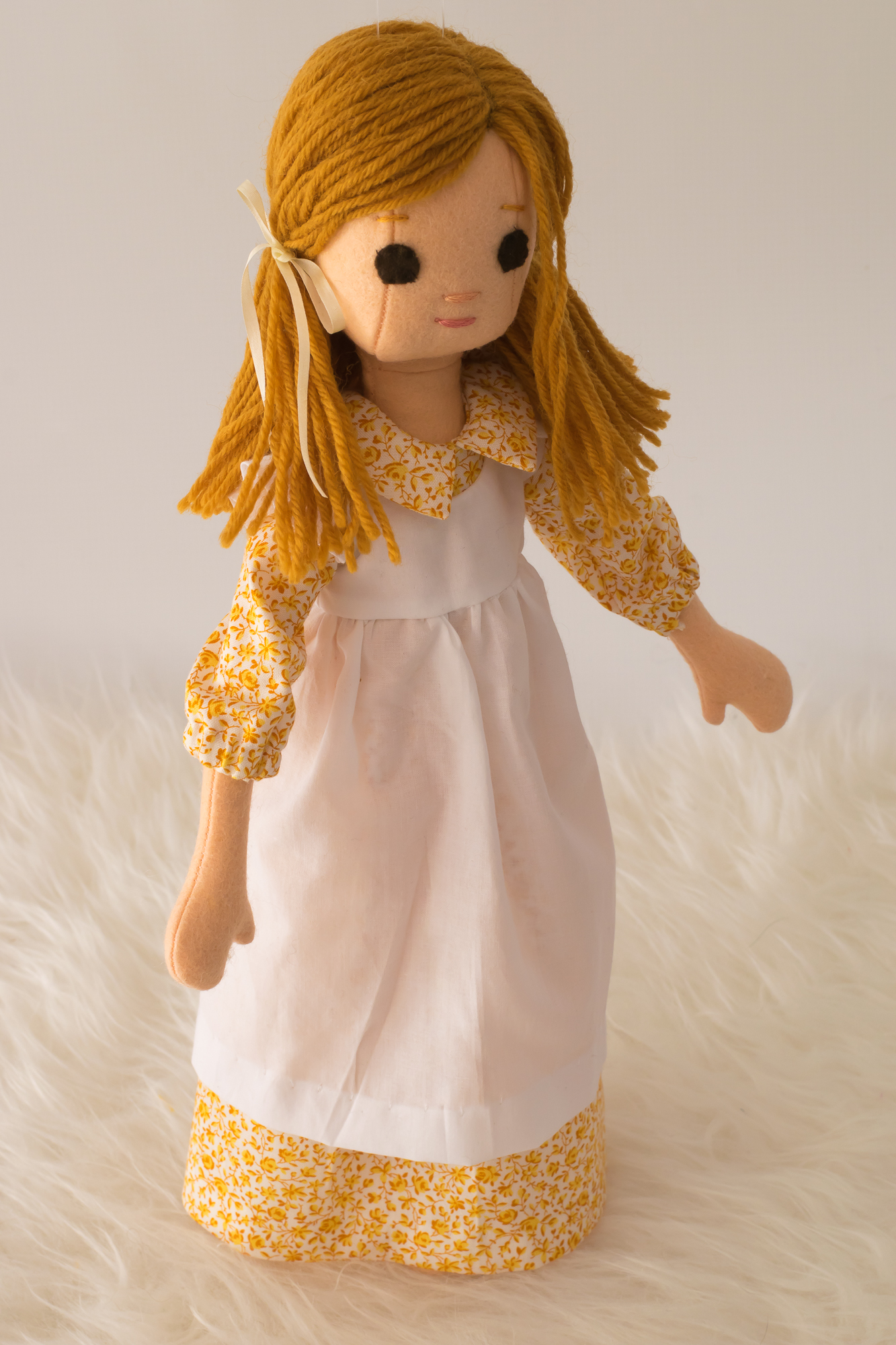Thanks to the beautiful illustrations in Little House on the Prairie and the popular book and movie Little Women, many of us are already familiar with girls' clothing of the late 19th century.
The clothing is beautiful and how the clothing styles are interwoven with this period of history is interesting. Changing ideas about childhood, the Civil War, the Industrial Revolution and the invention of the sewing machine were all influences.
Children’s clothing in the mid- and late-19th century often mirrored adult clothing. For girls, especially in the middle and upper classes, this meant undergarments like crinolines (like tu-tus) corsets, and hoops or extra full skirts to train them for hoops.
However, during the 19th century, the idea of “childhood” was changing. Instead of being seen and treated as miniature adults, children were beginning to be seen as *children* with their own developmental needs, and their clothing was becoming less restrictive. While still much less comfortable than today’s clothing, small changes were made throughout the 19th century to make clothes for both girls and boys easier to play and be active.
ExtraSmall Phoebe wears a prairie dress made from Little House on the Prairie fabric.
Fabrics used during the second half of the 19th century were all natural - mainly cotton and wool, silk, leather and other animal hides. This was also the time that denim gained popularity in the United States, as it was a highly durable fabric for pioneers and workers to wear.
Changes in clothing manufacturing that impacted clothing styles
Industrial Revolution
In the late 18th and early 19th centuries, manufacture of many products, notably textiles, moved from the home (cottage industry) to factories. The first cotton mill in the United States was build in New England near the end of the 18th century, with techniques brought over from England. After that, cotton could be weaved into cloth very quickly and very cheaply. This allowed average people to afford more and access to quality textiles became easier.
Civil War
Similar to the 1940s, scarcity inspired creative uses of materials. During the Civil War, cotton production virtually halted in the South. This had repercussions throughout the United States. Southern farmers no longer had income from one of their top crops, and Northern factories did not have the supply of raw material to weave into cloth. During this period, people had to be creative and thrifty when it came to clothing. Families would reuse household items to make new clothing: cotton mattress stuffing was homespun into a fabric, unraveled wool blankets into socks, and leather hats into shoes. Women would turn their gowns inside out and wear them as new, the protected inside fabric looking fresh.
Invention of Sewing Machine
A few notable inventions in the middle of the 19th century made it much easier to make clothing at home. In 1846, Elias Howe invented the first sewing machine, powered by hand crank. In the 1850s, Isaac Singer improved the design by adding a foot treadle to power the machine.
In 1859, Madame Demorest started selling the first paper dress patterns in New England, and in 1863 Ebenezer Butterick did the same in England, including to Queen Victoria. Before paper patterns, people often used old, disassembled clothes as patterns for new garments.
Victorian clothing for both Regular Phoebe and ExtraSmall Phoebe will start appearing in my Etsy shop over the course of this week, starting March 26.
Next post: A bit about style and class in the 1860s. Also coming soon, a pants pattern. Yes, really.




